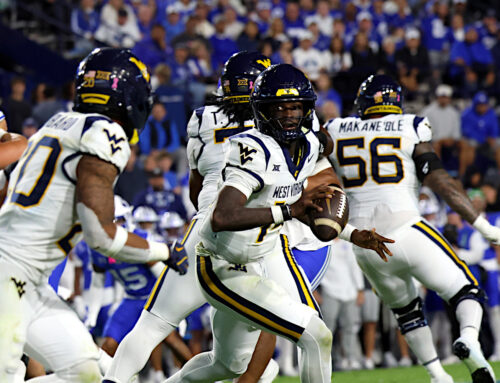I used to think birds made life worth living only for those of us obsessed with them. Now
October 5, 2025
For a long time, I thought that I and my fellow obsessive twitchers were the only ones for whom birds made life worth living. The sheer delight birds brought to my life was both the remedy for – and perhaps instigator of – the social awkwardness of my teen years. But then in my tumultuous 20s, when everyone I knew seemed to be going through some sort of painful, emotional turmoil, it dawned on me that birds could have powerful significance beyond the bird-nerds.
One day I got a lift with a friend who was really struggling. As she sped through inner city streets sobbing uncontrollably, things started resembling that scene from Vanilla Sky when Cameron Diaz drives Tom Cruise off a bridge. I persuaded her to pull over, and we parked beneath some trees. As I sat, clueless about how to ease her distress, a white-plumed honeyeater flitted down and started hopping around in front of us, searching for insects.
Watching that sweet little bird go about its business was the circuit-breaker we needed. Completely indifferent to our troubles, it connected us to something bigger, putting our issues into perspective and brought a magic sense of wonder at simply being alive. I’m not so woo-woo as to claim that the appearance of a single bird was an instant cure-all, but its presence brought a moment of peace and grace to what had been distraught hopelessness.
Recent studies have shown that this experience is not unique. Playing birdsong in hospital has been shown to reduce levels of both reported pain and anxiety in patients as well as reducing the average time spent before discharge from the ward. A 2020 European study showed that having 14 extra bird species in your neighbourhood raised general happiness levels equivalent to the same boost people would get if they started earning $150 a week more.
The Australian bird of the year vote is a gloriously silly reflection of this meaning that birds bring to our lives. Even its faux competitiveness just adds to the delight.
Birds mean so many different things to different people, so selecting the 50 candidates for this year’s vote was a huge conundrum for me and my BirdLife Australia colleagues. I had to put aside my personal preferences – my hero bird, the white-plumed honeyeater, didn’t even make the list. Ultimately, we chose birds that we thought most people would either know about such as the laughing kookaburra and Australian magpie, or species that we think people deserve to know about.
Birds such as the adorable fairy tern. Imagine making a shrinky-dink version of a seagull and putting a dapper black cap on it with a bright yellow bill and you’ve got yourself a fairy tern. As if they aren’t endearing enough, the fairy tern is the inventor of the fish-slapping dance! Michael Palin must have taken his inspiration from watching the courtship ritual where a male fairy tern presents a female with a small fish and gently slaps it across her face before presenting it to her. If she then eats the fish, then it’s game on and they will start to build and scrape in the sand for their nest.
It is this nesting strategy that imperils them. Because they choose to nest on the same beaches that we love as our summer playgrounds, without adequate protection, any disturbance to the birds is disastrous for the chicks. Adults are forced off the nest so often that chick mortality is through the roof as the exposed little fluffballs either bake, freeze or are picked off by predators such as silver gulls or the single cat that destroyed an entire nesting colony near Mandurah.
Or birds like the magnificent red goshawk, a bird so rare that I have only ever managed to see it once. It was an encounter so thrilling that I still tremble at the memory of being in its imperious presence. It is now Australia’s rarest bird of prey. Once found as far south as Sydney, the red goshawk is now confined to a smattering of breeding pairs across the remote north due to the continued clearance of the woodlands they rely on.
If I am forced to vote for one bird, it will probably be the regent honeyeater, an impressive looking woodland bird decked out in a black-and-white chainmail pattern across the chest, with the most radiant yellow – like distilled Australian sunshine – hidden in its wings and tail. This is a bird so imperilled by habitat loss that young males are losing their courtship song due to there being so few remaining adults for them to learn from.
While twitchers may have known of the regent honeyeater’s existence, until the Australian bird of the year poll started in 2017, hardly anyone else did. Today there are entire communities working with BirdLife Australia and the members of the national recovery team to try to bring their song back into the landscape.
This is what thrills me most about bird of the year. It is not only a joyous celebration of the birds that save us, but a rallying cry for us to work harder to save them. Let the games begin!
-
Sean Dooley is an Australian writer, conservationist and birdwatcher. He is the editor of Australian Birdlife magazine, Author of The Big Twitch
Search
RECENT PRESS RELEASES
Related Post




